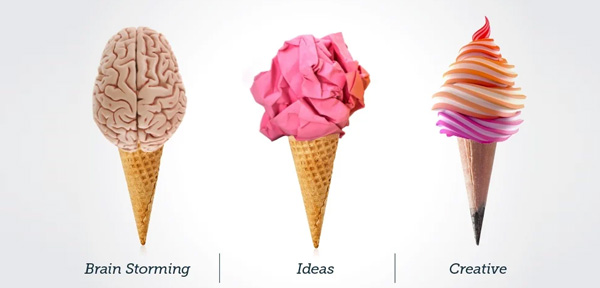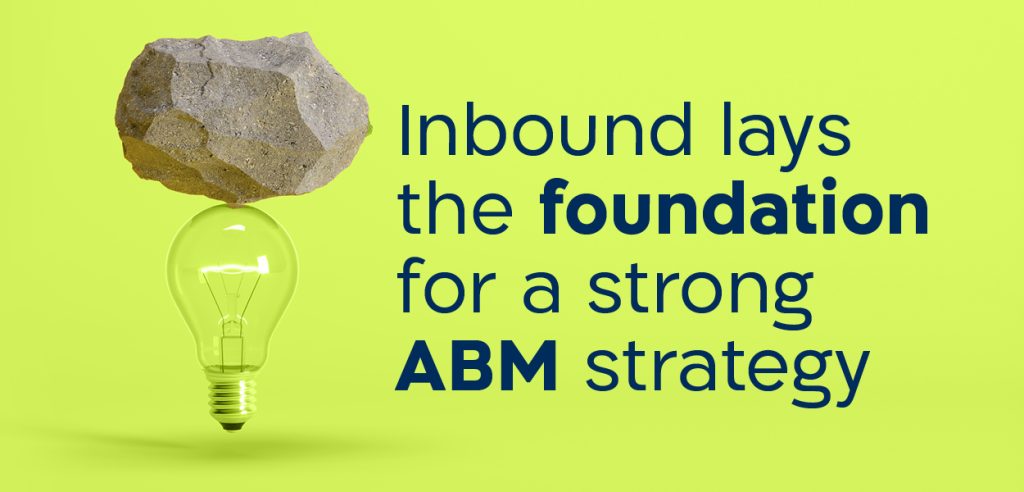min read
Are you overwhelmed by the relentless pace of digital marketing and the constant need for SEO optimization? Imagine if you could put some of those tasks on autopilot. That's where Make (formerly Integromat) comes into play, offering a way to supercharge your
SEO strategies with automation. Let's delve into seven automation strategies that can not only save you precious time but also improve your website's standing in search engine results.
1. Competitor Analysis Automation
Imagine having a secret window into your competitors' strategies, giving you the upper hand. By automating the tracking of their blog updates, keyword usage, and SEO maneuvers, you're essentially doing just that. It's like playing a strategic game where you're always one move ahead, nimbly navigating through the ever-changing landscape of digital competition.
For Example: Automatically tracking a competitor’s blog updates and keyword changes.
How-to:
- Set Up Triggers: Use RSS feeds or webhooks to monitor competitor blogs or websites.
- Extract Key Data: Use Make scenarios to automatically extract new content details such as titles, keywords, and descriptions.
- Analyze Changes: Use SEO tools like SEMrush or Ahrefs to analyze any new keywords or strategies they're employing.
- Send Reports: Configure Make to send periodic reports with this data to your email or Slack.

2. Streamlined Local SEO Management
Streamlining your local SEO tasks, like keeping Google My Business listings up to date and monitoring reviews, can make a big difference in how you rank locally. Automation takes the heavy lifting out of the equation, making sure your local presence is both accurate and compelling without constant manual oversight.
For Example: Updating and monitoring Google My Business listings for multiple locations.
How-to:
- Connect to Local SEO Tools: Integrate with tools like Moz Local or Yext.
- Automate Updates: Set up processes to automatically update listings with new hours, photos, or responses to reviews.
- Monitor Reviews: Get alerts for new reviews to respond quickly.
- Reporting: Generate regular reports on listing performance and local search rankings.

3. Image Optimization on Auto-Pilot
Automating the optimization of images on your website can significantly boost page performance. Faster loading times not only enhance the user experience—a key SEO factor—but also free up your time to focus on other aspects of your website.
For example: Automatically optimizing images uploaded to your CMS.
What can I do?
- Monitor New Uploads: Set up a trigger for when new images are uploaded to your CMS.
- Connect to an Image Optimization Tool: Use services like TinyPNG or Kraken.io within Make.
- Optimize and Replace: Automatically optimize the images and replace the originals with the optimized versions on your site.

4. Efficient Content Research - Capitalize on Trending Topics
Automating your content research can keep you ahead of the curve. By pulling in trending topics from social media and news outlets, you can craft content that truly speaks to your audience and attracts more visitors, all while saving time on manual research.
For Example
: Gathering trending topics from social media and news feeds.
What can I do?
- Set Up Social Media Triggers: Monitor keywords and hashtags on platforms like Twitter or Reddit.
- Integrate with News Aggregators: Use tools like Feedly to pull in trending topics.
- Collect and Analyze Data: Aggregate this data for analysis to identify popular subjects.
- Generate Content Ideas: Use this data to inform your content creation strategy.
5. Automated SERP Analysis - Monitor Your Keyword Success
Automated SERP analysis allows you to monitor your keyword rankings effortlessly. This ongoing oversight offers crucial insights, enabling you to tweak and enhance your SEO strategies for better results, without the need for constant manual checks.
For Example - Monitoring search engine result pages for selected keywords.
What can I do?
- Use SEO Tools: Integrate with tools like Moz or Ahrefs.
- Set Keyword Triggers: Monitor specific keywords and get updates on their SERP rankings.
- Analyze Data: Collect data on rankings, featured snippets, and other SERP features.
- Adjust Your Strategy: Use these insights to refine your SEO strategy.

6. Proactive Broken Link Management - Maintain a Healthy Website
By automatically detecting and fixing broken links, you're ensuring your website remains navigable and SEO-friendly. This kind of proactive management keeps your site in top shape, enhancing both the
user experience, and your SEO profile with minimal effort on your part.
For Example: Regularly scanning your website for broken links.
What can I do?
- Schedule Regular Scans: Use tools like Screaming Frog or Broken Link Checker.
- Integrate with Your Website: Connect these tools to your CMS.
- Automate Notifications: Set up alerts for when broken links are found.
- Quick Repair: Use these alerts to promptly fix or replace broken links.
7. Social Media Engagement Tracking - Understand Your Audience Better
Automatically tracking your social media engagement gives you a clearer picture of what resonates with your audience. This insight allows you to adjust your content and SEO strategies to better align with audience preferences, streamlining your efforts for more effective engagement.
Example: Analyzing engagement on your social media posts.
How-to:
- Connect to Social Platforms: Integrate with platforms like Facebook, Twitter, LinkedIn.
- Gather Engagement Data: Collect likes, shares, comments, and other engagement metrics.
- Analyze Trends: Use this data to understand what content resonates with your audience.
- Report and Refine: Generate reports for your team to review and refine your social media strategy.
---
Incorporating these automation techniques with Make (Integromat) while combining them with other platforms as shown above can significantly elevate your SEO and digital marketing game.
Not only do they save time, but they also offer strategic insights, helping you stay ahead in the ever-changing landscape of
digital marketing. Start automating today and witness the transformative impact on your SEO efforts.































 1. Set up ABM strategy quickly and smoothly
1. Set up ABM strategy quickly and smoothly
